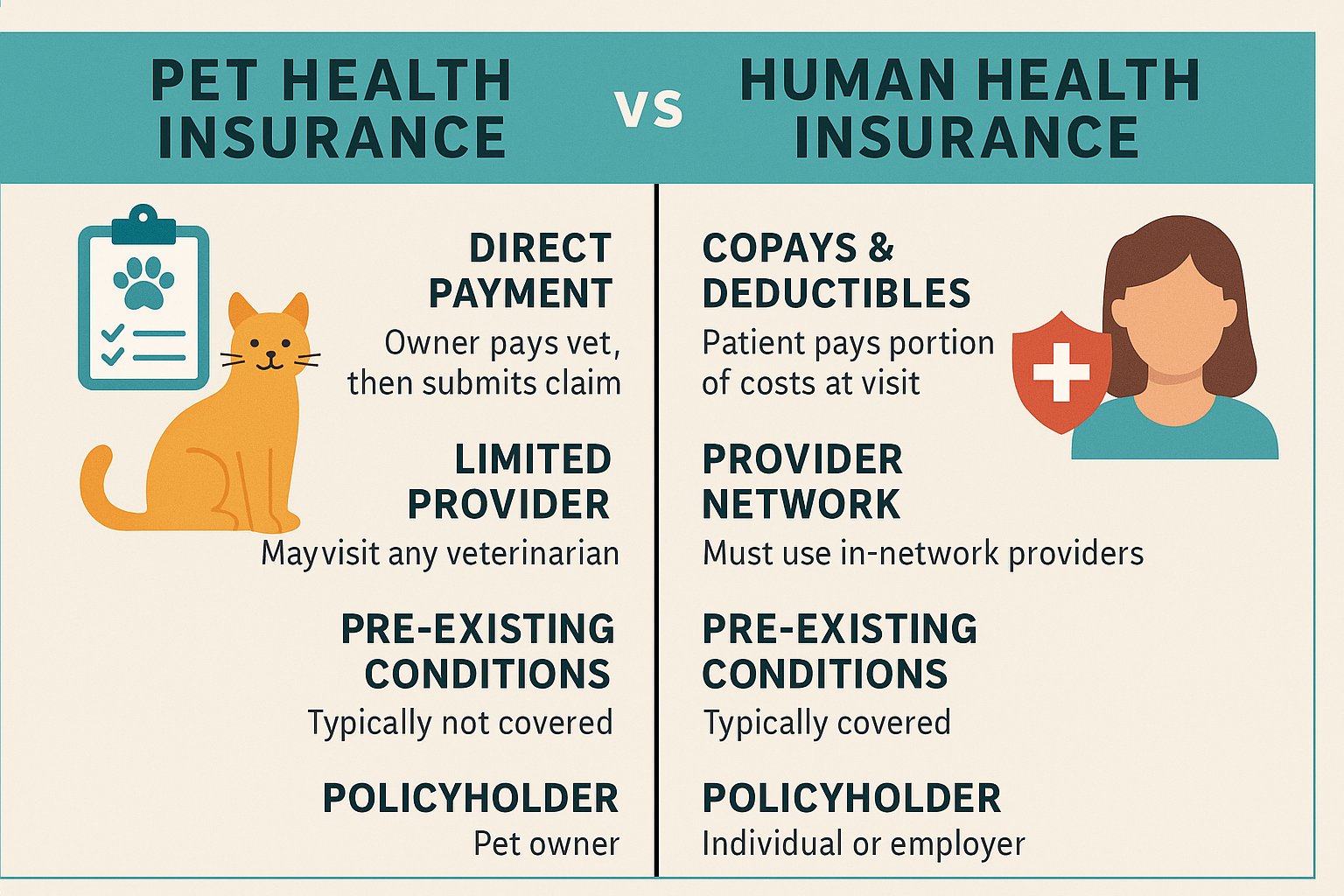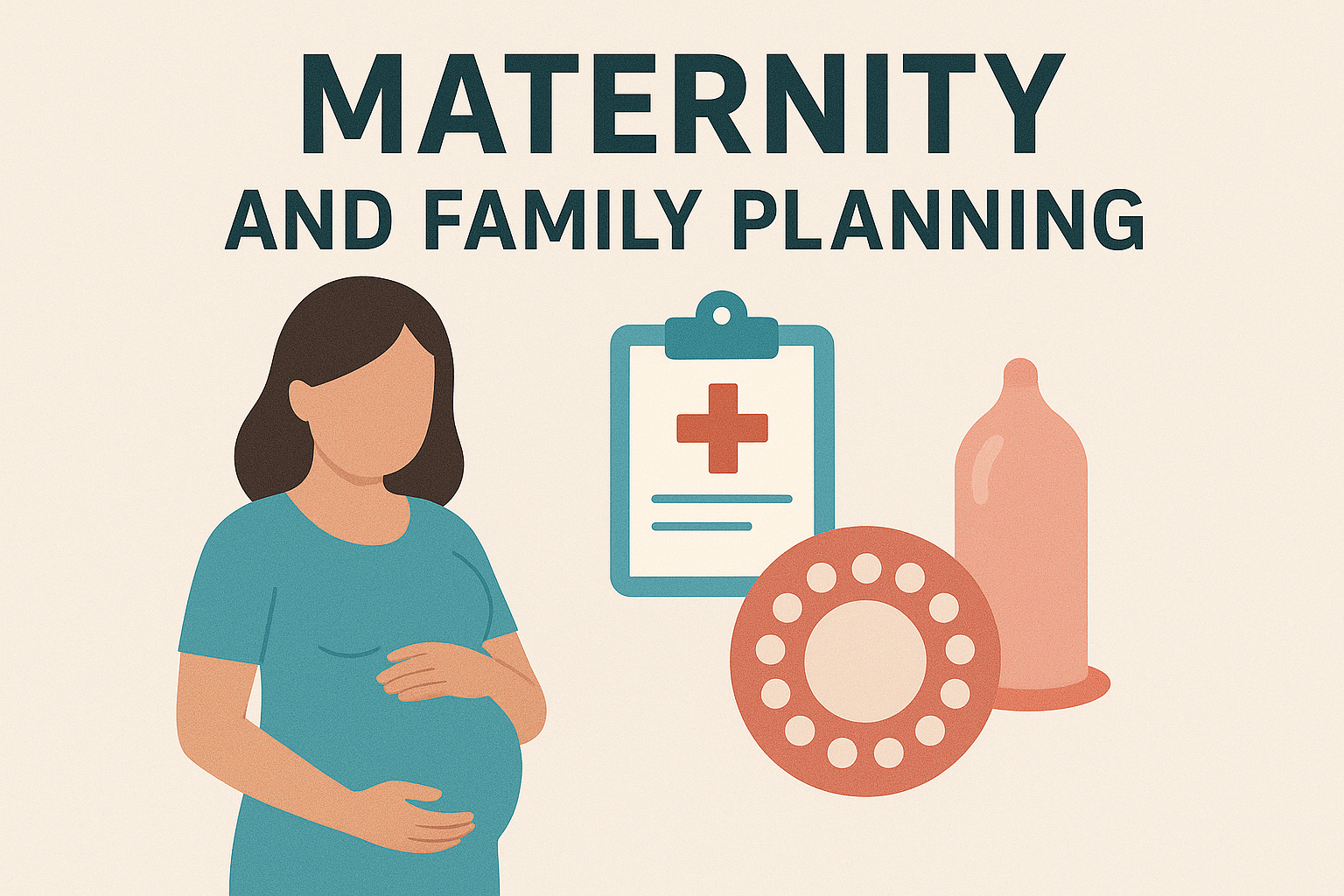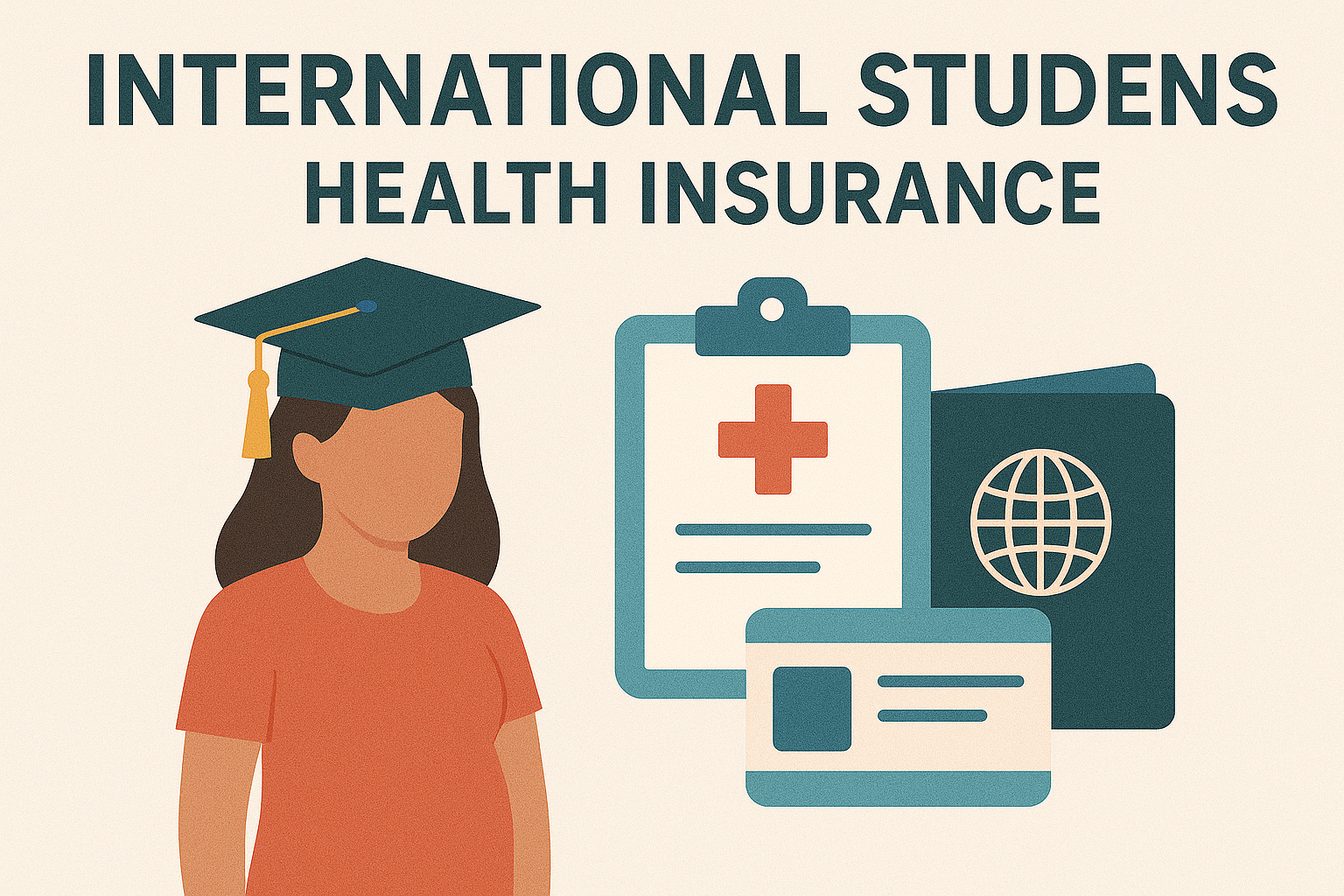
New Health Insurance Subsidy Rules in [Your Country or State]
In 2025, significant updates to health insurance subsidy rules in [Your Country or State] are transforming how individuals and families access affordable healthcare coverage. These changes are part of a broader initiative to expand healthcare equity, increase enrollment in quality plans, and ensure that no citizen is left without the support they need. Whether you’re purchasing insurance through a government marketplace or a private exchange, understanding the new subsidy rules is crucial for maximizing your savings and securing the right health plan for your needs.
Under the revised guidelines, income thresholds for subsidy eligibility have been expanded, allowing a greater number of people to qualify for premium assistance. In previous years, many middle-income earners found themselves excluded from subsidies due to rigid income caps. However, the 2025 health insurance subsidy rules in [Your Country or State] now use a sliding scale that ties premium assistance to a percentage of income relative to the federal poverty level (FPL), regardless of whether an individual slightly exceeds traditional thresholds. This change has been particularly impactful for older adults, freelancers, and small business owners who often fall between the gaps of affordability.
Another key development involves cost-sharing reductions (CSRs), which help lower out-of-pocket expenses such as deductibles, co-payments, and coinsurance. In 2025, these CSRs have been expanded in [Your Country or State] to include additional income brackets and plan tiers, giving enrollees more choices without sacrificing financial protection. These enhanced CSRs are especially beneficial for working families and individuals managing chronic conditions who require frequent medical visits and prescription medications. By reducing cost burdens, the updated rules make preventive and ongoing care far more accessible.
Additionally, the new subsidy regulations have introduced simplified application processes to make enrollment easier and faster. Many residents in [Your Country or State] can now use streamlined digital tools that automatically calculate subsidy amounts in real time, compare available health plans, and determine eligibility based on recent tax filings or projected income. This automation minimizes the risk of errors, ensures timely coverage, and empowers consumers to make more informed healthcare decisions. These improvements also align with broader efforts to close the digital divide by ensuring access to multilingual support, offline application options, and enrollment navigators for underserved populations.
Furthermore, the revised subsidy framework includes protections against sudden loss of assistance due to slight income fluctuations. Previously, small changes in income could cause individuals to lose their subsidies, leading to spikes in monthly premiums or even loss of coverage. In 2025, new “income smoothing” provisions in [Your Country or State] ensure that temporary earnings or short-term jobs do not jeopardize access to affordable health insurance. This reform is particularly valuable for seasonal workers, gig economy participants, and contract-based employees who face irregular income patterns throughout the year.
The subsidy updates also reflect a growing emphasis on health equity. In response to disparities in healthcare access among different racial, ethnic, and socioeconomic groups, the new rules in [Your Country or State] provide targeted outreach and enrollment assistance in communities with historically low coverage rates. By working with local organizations, healthcare providers, and community leaders, government agencies are helping ensure that the benefits of subsidy expansion reach every corner of the population. This commitment not only improves individual health outcomes but also strengthens the overall public health infrastructure.
In conclusion, the 2025 updates to health insurance subsidy rules in [Your Country or State] represent a bold and necessary step toward a more inclusive and sustainable healthcare system. These changes increase affordability, reduce complexity, and create a stronger safety net for all residents, regardless of income or employment status. For anyone exploring their health insurance options this year, it’s essential to review these new rules carefully, take advantage of expanded subsidies, and enroll in a plan that meets both financial and healthcare needs. With the open enrollment season underway, now is the time to act and secure the protection you deserve under the new subsidy system.



